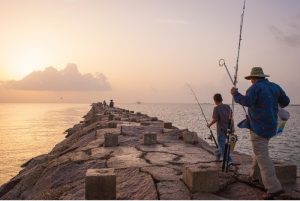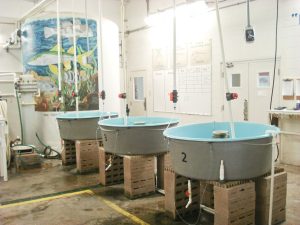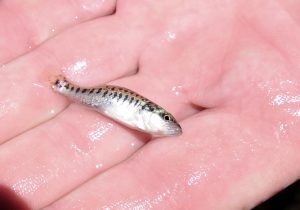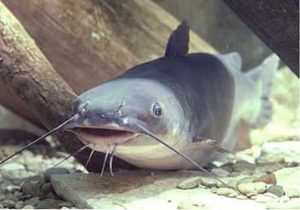Hatchery Raised Sea Trout for Better Fishing
Wednesday, August 14th, 2019This is Passport to Texas
Regulation changes to spotted sea trout, like bag and size limits, is an important tool in our tool box for managing saltwater fish species. A robust a hatchery program is another.
Spotted seatrout is this most popular recreational sportfish out there. So, there’s a lot of pressure on these fish.
Ashley Fincannon is hatchery manager at the Marine Development Center in Corpus Christi; it’s there where they, raise spotted seatrout for stocking…specifically to the Lower Laguna Madre. That bay system also has a five-fish daily bag limit.
The Lower Laguna Madre was the first bay system to go under the five-fish limit and that was when we really ramped up our contribution down there.
Earlier this year, Texas Parks and Wildlife proposed a new regulation to change the bag limit in Galveston Bay and Sabine Lake on the upper coast from 10 fish a day to five—as it is in all other bay systems. That’s a good thing.
Anecdotally I know I’ve heard from the fishermen when you go stock that they are catching larger trout now and that the trout fishing is better than ever in the Lower Laguna Madre.
The new bag limits go into effect September first. Learn how we regulate and raise spotted sea trout and also find a tasty recipe for it on our podcast Under the Texas Sky; find it wherever you get your podcasts.
The Sport Fish Restoration Program supports our Series.
For Texas Parks and Wildlife…I’m Cecilia Nasti.







 Passport to Texas is a
Passport to Texas is a  Passport to Texas is made available by:
Passport to Texas is made available by: